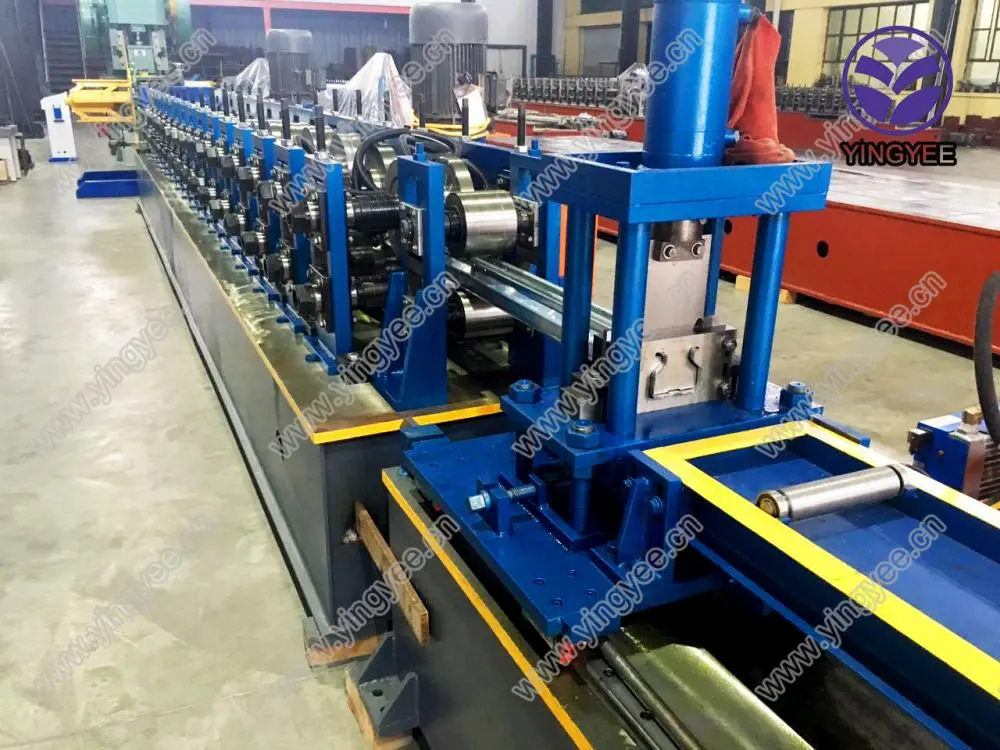
The Importance of Steel Coil Cut to Length Machines
In the modern manufacturing industry, efficiency and precision are paramount. One of the key components that contribute to these aspects is the steel coil cut-to-length machine. As industries continue to evolve, these machines play an increasingly critical role in ensuring that steel is processed to meet specific requirements, thereby enhancing production workflows and reducing material waste.
Understanding Steel Coil Cut to Length Machines
At its core, a steel coil cut-to-length machine is designed to take large coils of steel and convert them into flat sheets of specified lengths. These machines operate by uncoiling the steel, measuring the desired length, and then cutting the steel sheets accordingly. This process not only provides flexibility in meeting customer specifications but also ensures consistent quality across the production line.
How They Function
The operation of a steel coil cut-to-length machine involves several steps. First, the machine unwinds a coil of steel, which is often electrogalvanized or cold-rolled, depending on the intended application. The machine typically features a series of rollers that guide the steel and maintain tension to ensure smooth feeding. Advanced measuring devices are integrated into the system to ensure accuracy in length measurement.
Once the desired length is reached, the cutting mechanism, which can be a shear or guillotine, activates to slice the steel. The cut pieces are then collected on a conveyor system, ready for further processing or packaging. Many of these machines incorporate features to stack the cut sheets neatly, improving efficiency during the next stages of manufacturing.
Benefits of Cut to Length Machines

The benefits of steel coil cut-to-length machines are manifold. One of the most significant advantages is the ability to reduce waste. By producing exactly the required lengths, manufacturers can optimize their raw material usage, leading to cost savings and a more environmentally friendly operation. Additionally, these machines cater to a wide range of industries, including automotive, construction, and appliance manufacturing, making them versatile tools applicable in various settings.
Furthermore, the precision offered by cut-to-length machines ensures that the end products meet strict industry standards. When completed, these sheets are ready for processes such as stamping, welding, and further fabrication without requiring additional handling or adjustments, thus shortening lead times and boosting productivity.
Technological Advancements
Recent advancements in technology have further enhanced the capabilities of steel coil cut-to-length machines. Modern systems are often equipped with digital control panels, which allow operators to input specifications easily and monitor the cutting process in real time. Automation features can include automatic coil loading, cutting, and stacking, significantly reducing the labor required.
Additionally, cutting-edge sensor technology can detect defects in the steel coils, ensuring that only high-quality material is processed. This incorporation of automation and monitoring systems not only enhances both the speed and accuracy of production but also contributes to a safer working environment by minimizing human involvement in potentially hazardous operations.
Conclusion
In summary, steel coil cut-to-length machines are vital tools in the steel processing industry. Their ability to transform raw materials into precise, flat sheets significantly improves manufacturing efficiency while reducing waste. With ongoing advancements in technology, the future of these machines looks promising, as they continue to evolve and adapt to the changing needs of various industries. As manufacturers strive for greater efficiency and sustainability, the role of cut-to-length machines will undoubtedly become even more critical in the years to come.